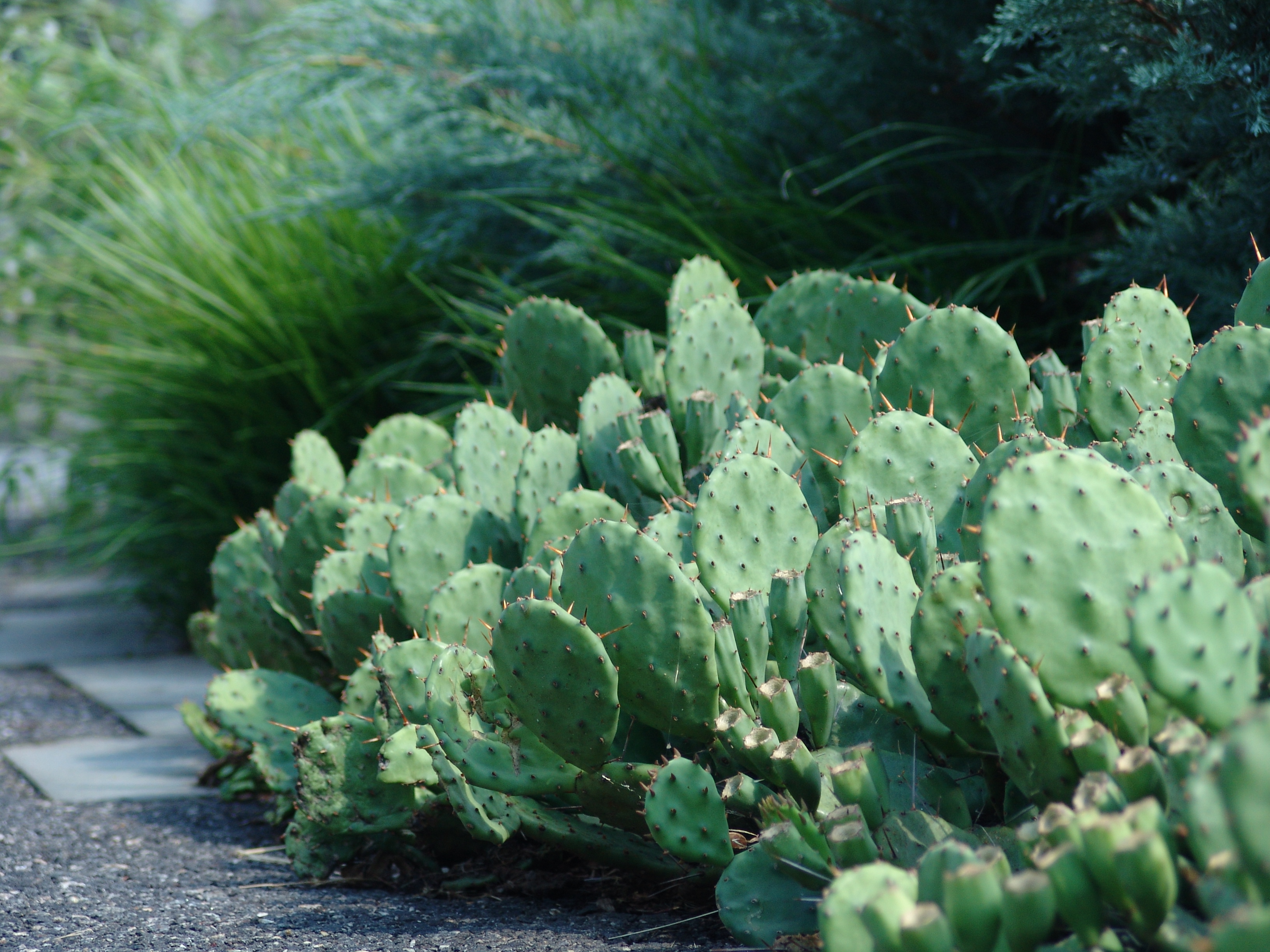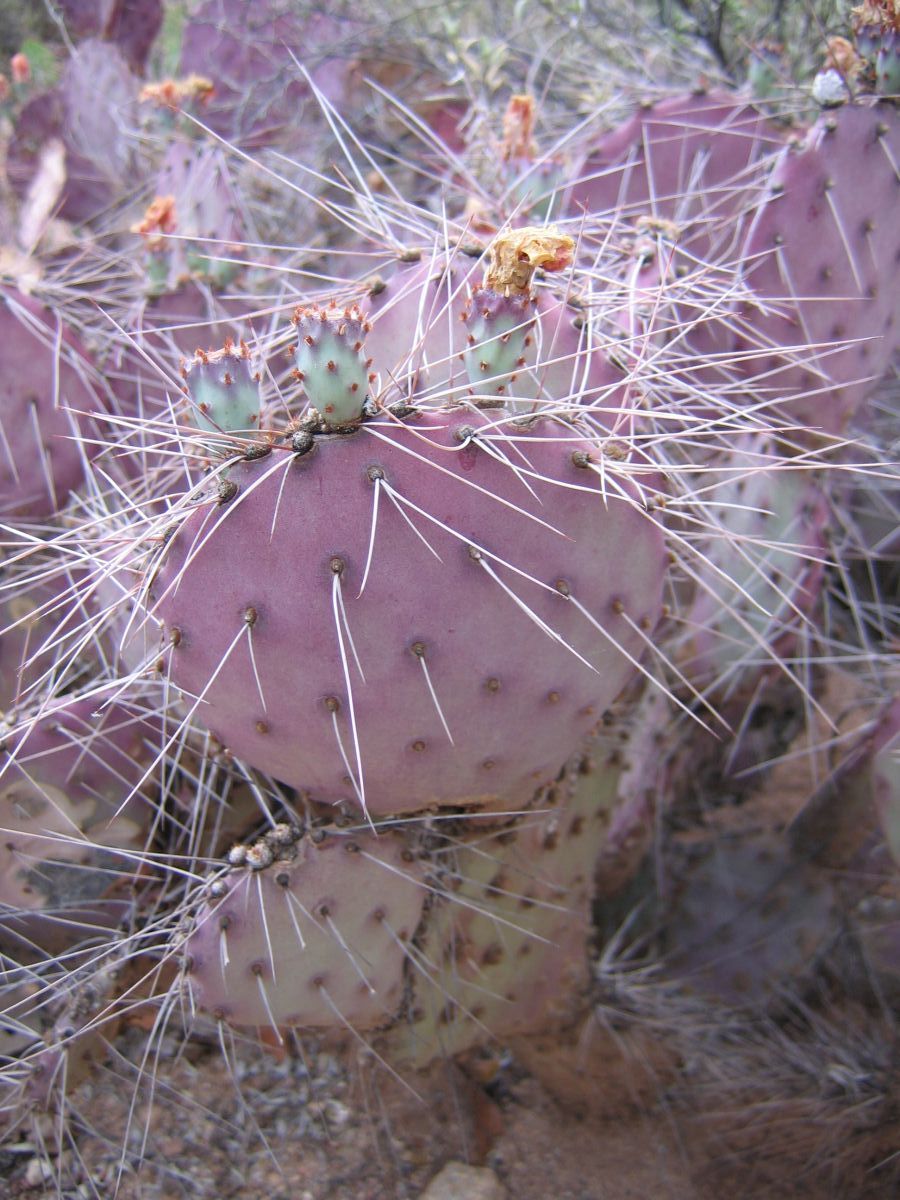

If you live in a hot, arid area, these plants can generally be planted outside, left alone, and enjoyed.The Energy Saver trophy requires you to burn 3 enemies at once with a single object or explosion -a trophy you will most likely earn without trying. Grower's TipsĪll Opuntias are desert cacti and need lots of sun, lots of light, and very little water. As with a new cutting, ensure not to water a newly repotting cactus for a brief period to avoid rotting its roots. After treating any cuts with fungicide, place the Opuntia in a new pot and backfill it with potting soil. To repot, ensure the soil is dry, remove the pot and knock away the old soil. Opuntias will grow just fine in a garden but can also be grown in pots. But, again, the crucial factor in keeping the seeds alive and growing is keeping their soil well-drained and dry.

Rinse the pulp from the seeds to propagate by seed, ensure they are thoroughly dry, and plant, ideally, in the spring. To propagate by cuttings, sever pads from a plant and let them dry, so the wounds heal, place the plants in dry soil, and refrain from watering until they begin to grow to avoid rotting. Opuntias can propagate either by cuttings or by seed.


These cacti will grow in rock gardens, as well. Other than that, basic potting soil is fine. Soil: The most important soil requirement for Opuntias is that it drains well. Temperature: Hot temperatures are best, but these cacti will tolerate a wide range of temperatures. These drought-resistant plants grow best in hot, dry areas, and excessive water could cause them to rot. Light: As desert cacti, Opuntias require maximum sunlight to thrive and should be kept in direct sunlight whenever possible. The distinctive red-purple juice of the Opuntia fruit can also be used in drinks, candy, and jellies. However, be sure that any fruit has been carefully cleaned if you plan on eating it, as the tiny glochids on the fruit can lodge in the skin and are very painful to remove. These cacti are prized for their edibility, as they grow fruit commonly eaten in Mexico and the American Southwest. They are cacti known for their spines: many have large, rounded spines, while others have tiny hairlike barbs that detach upon contact from the plant. The species are best known as Prickly Pears. Opuntia is a large genus of cacti distributed throughout the Americas.


 0 kommentar(er)
0 kommentar(er)
